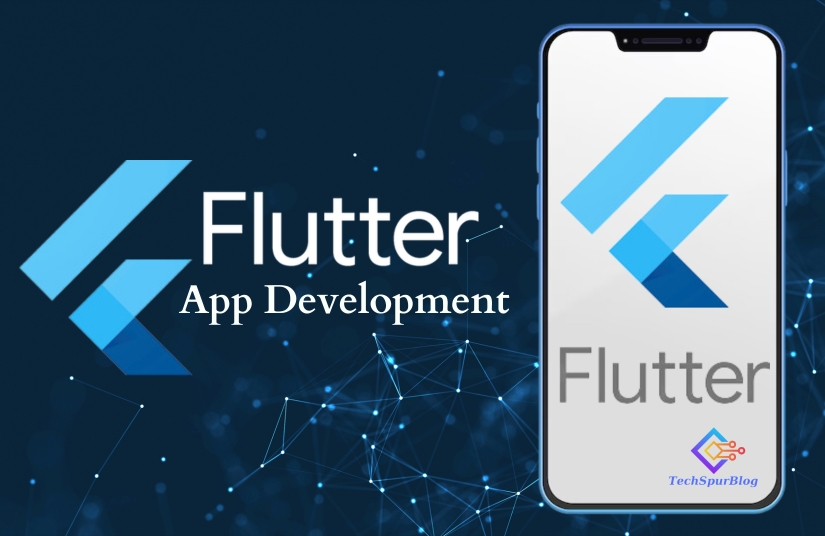
Currently, Flutter is gaining a reputation as a widely recognized platform among app developers and businesses. A number of features of Flutter are responsible for its popularity among mobile app developers. They have contributed to the increase in popularity of this platform for building mobile applications that are more creative and efficient.
Let us explore 14 of them and why the Flutter app development world is blossoming more rapidly below. More businesses will be going for Flutter app development services after going through the main reasons.
Key Reasons Behind Flutter’s Growing Demand
Cross-Platform Development:
With the use of a unified codebase, Flutter developers can, therefore, develop apps that seamlessly run on iOS and Android platforms. This greatly lowers costs and development time, which in turn increases the desirability for companies to try it out to reach a larger market.
Hot Reload:
Among the main advantages of Flutter is that it allows the developers to easily review the code changes made and the program already in operation without having to reload it. Productivity is much higher, while the development process is happening faster than before.
Also Read: Exploring Flutter: How Brands Can Maximize its Benefits
Stunning UI Design:
For the creation of beautiful user interfaces, Flutter offers a wide range of widgets with which you can change their look and style. The Material Design and Cupertino widgets are applied to improve the user experience. Nevertheless, all devices are characterized by their natural look and feel.
Quick Performance:
The Flutter applications are high-speed and applicable as well. The rendering engine of the platform shows the videos at least 60 FPS; thus, the animations appear smooth and the response time for interfaces is quick.
An experienced Flutter app development company will guarantee the required performance.
Single Codebase:
With Flutter, developers are no longer required to maintain distinct codebases for iOS and Android devices, as they have the capability of writing code once and deploying it on multiple platforms.
Time and money are being saved because there is less need for maintenance to be done all the time.
Open-Source Framework:
Flutter is an open-source framework that is maintained by Google. Because of the strong developer community, it got popular. It aims at the continuous evolution of the platform, the implementation of new features, and the availability of support for developers.
Rich Ecosystem:
The wide support of Flutter allows the building of a wide range of tools, packages, and plugins to enhance its functionality. For instance, developers have access to features like maps, alerts, authentication, etc. that are being straightforwardly incorporated into their apps, which thus makes the time to develop grow shorter and ultimately improves the user experience.
Also Read: Top 5 Flutter 3.13 Libraries for Enhanced App Development
Support for Various Screen Sizes:
Apps that run on Flutter are easy to adjust to a range of screen sizes and resolutions because the responsive design tools are included in them. Such a practice makes sure that users get the same interface on every device, may it be a desktop, a tablet, or a smartphone.
Quick Development Process:
Flutter’s declarative UI, reusable widgets, and ‘hot reload’ feature all together make the development process very simple. A short iteration time and real-time upgrading and debugging that occur in the development phase help accelerate the time to market.
With comprehensive Flutter application development services, the entire process can be streamlined.
Near-Native Performance:
Flutter offers mobile apps near-native performance through native code compilation. This means that Flutter developers can feel confident that their apps will deliver a top-notch user experience because they will have the same attributes as native apps.
Strong Community Assistance:
Various online resources in Flutter like forums, tutorials, and tools are used for developers to learn, talk, and find solutions to problems, and this community is very helpful.
The cooperative atmosphere in the Flutter ecosystem provided the space for more innovative and expansion ideas to bloom.
Accessible Development:
The utilization of accessibility features of Flutter is a means by which the developers can include people with disabilities. Allows the programs to fit the needs of the people, including mechanical support for screen readers, keyboard routing, and other special requirements for accessibility.
Also Read: How Compatible Is WordPress With Flutter: Full Guide
Scalability:
Thanks to Flutter, it becomes easy for apps to grow with different business requirements and a diversity of users, as the rich scalability of apps is a matter of scalability.
Flutter-based solutions can be readily tailored to meet different demands, from a large public enterprise down to a small startup company’s needs.
Future-Oriented Technology:
The Flutter framework has been regarded as a long-term technology because Google has shown its perseverance in promoting it, and most businesses are migrating to this technology.
Businesses will be more committed to using Flutter in apps and trending technologies to acquire and sustain competitive advantage within the market.
Conclusion
To conclude, Flutter is all about cross-platform compatibility, fast performance, a user-friendly approach, and encouraging developers to use its creation services.
For this reason, organizations are trying to find new and effective channels of customer engagement worldwide and create application interfaces that are easy to use. Flutter is becoming a preferred choice for app developers.
Effectively making the most of this powerful platform requires you to consider working with a reputable Flutter app development company. Businesses can also hire Flutter app developers to add additional expertise to their projects.

Leave a Reply